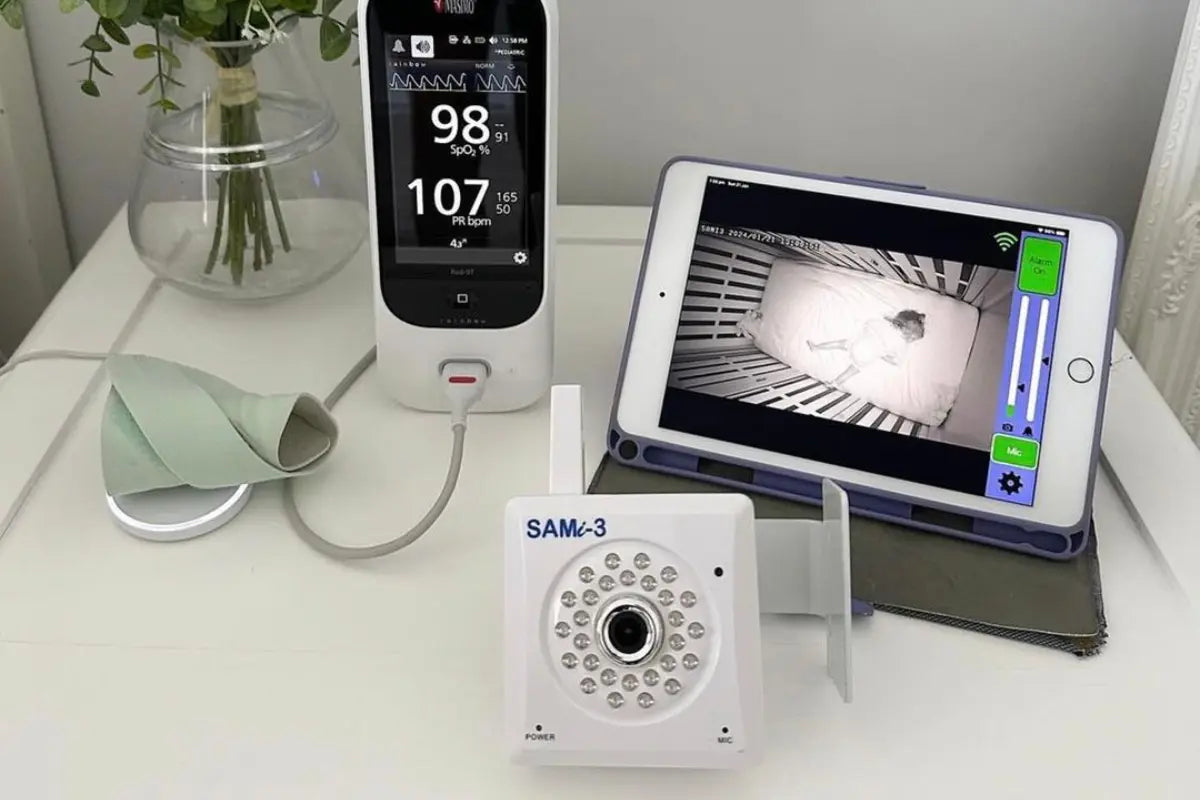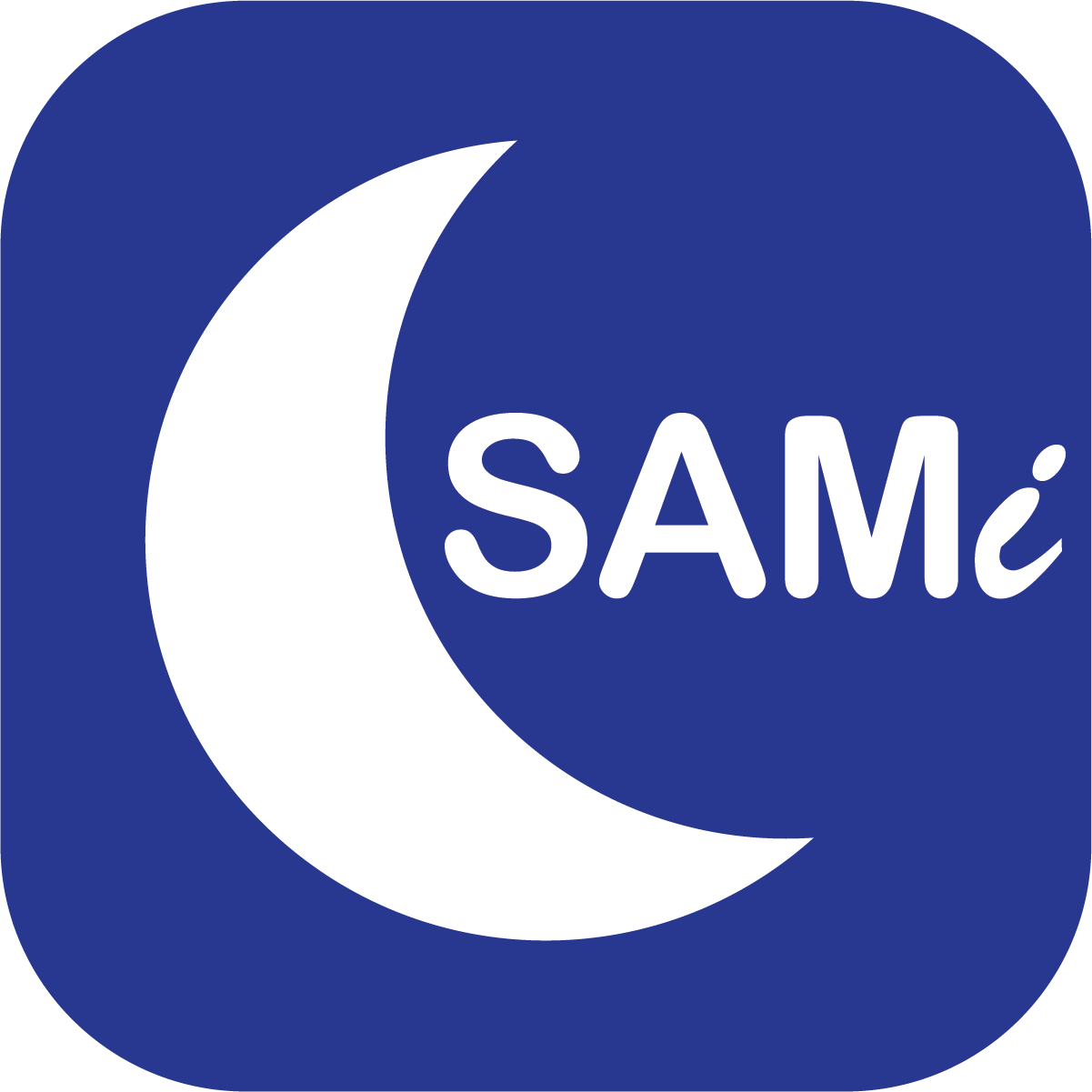Ensuring the nighttime safety of autistic individuals is a critical concern for caregivers and families. During the night, various challenges can arise, from sleep disturbances to wandering. These issues not only impact the individual's health and well-being but also pose safety risks. Recognizing and addressing these challenges is essential for creating a safe and comfortable environment that promotes restful sleep and security for autistic individuals.
Understanding the Sleep Challenges in Autism
Overview of Sleep Disturbances
Sleep disturbances are significantly common in individuals with autism, affecting both children and adults. These disturbances can range from difficulty falling asleep to frequent awakenings during the night. The impact of poor sleep quality extends beyond nighttime, affecting daytime behavior, cognitive function, and overall quality of life. Understanding the prevalence and nature of these sleep disturbance treatments in autism is the first step toward addressing these effectively.
Circadian Rhythm Disruptions
Circadian rhythm disruptions pose a significant challenge for individuals with autism, affecting their ability to achieve restful sleep. Such disruptions can lead to an array of sleep-related issues, making it crucial to adopt an effective management strategy that caters to the unique needs of autistic individuals. It necessitates a comprehensive management approach:
-
Maintain a Consistent Sleep Schedule: Establishing and adhering to a regular sleep schedule is vital for stabilizing the body's internal clock. Consistency in bedtime and wake-up times, even on weekends, can significantly improve the synchronization of the circadian rhythm with the external environment. This routine helps reduce the time it takes to fall asleep and increases the overall sleep quality by aligning the body's natural sleep-wake cycle with its external cues.
-
Limit Blue Light Exposure: Exposure to blue light, especially in the evening, can interfere with the production of melatonin, the hormone responsible for regulating sleep-wake cycles. By minimizing the use of electronic devices such as smartphones, tablets, and computers before bedtime, individuals can enhance their body's natural ability to prepare for sleep. Implementing this change can lead to a more rapid onset of sleep and a deeper, more restorative sleep cycle.
-
Consult Sleep Specialists: For those facing persistent sleep challenges, consulting with a sleep specialist can provide a pathway to tailored solutions. Specialists can assess individual sleep issues and recommend specific interventions, which may include behavioral strategies, environmental modifications, or, in some cases, medication. With the help of this individualized approach, a thorough strategy that targets the underlying causes of sleep disturbances may be developed, providing a more efficient means of managing disruptions to the circadian cycle.
Physical activities and exposure to natural light can help regulate the circadian rhythm disruptions in autism, improving sleep quality By adopting these strategies, it can significantly mitigate the impact of circadian rhythm disruptions on individuals with autism, leading to improved sleep patterns and, by extension, better overall health.
The Interplay Between Sleep and Behavioral Issues in Autism
Sleep problems can exacerbate behavioral challenges, while certain behaviors can, in turn, lead to worsened sleep quality. Behavioral interventions for autism sleep issues are an important part of a comprehensive approach to improving nighttime safety and overall well-being. These interventions may include establishing a calming bedtime routine or using visual schedules to create predictability around sleep.
The Need for Specialized Safety Monitors
Designing Monitors with Sensory Sensitivity Autism in Mind
Creating safety monitors for autism requires a thoughtful approach that takes into account the sensory sensitivity often experienced by autistic individuals. Monitors should be designed to operate without emitting disruptive sounds or lights that could disturb sleep. Features such as low-light cameras, vibration alerts, and customizable settings are crucial in ensuring these devices enhance safety without becoming a source of stress or discomfort.
Addressing Environmental Factors
To further protect the sleep quality of autistic individuals, safety monitors can be equipped with functionalities that address environmental factors affecting autistic sleep. This includes the ability to monitor and adjust room conditions, such as dimming lights or controlling sound levels automatically. By integrating these features, monitors can create an optimal sleep environment that minimizes disruptions and supports a more restful night.
Benefits of Advanced Monitoring Systems
Improving Sleep Quality for Autistic Individuals
Advanced monitoring systems have a profound impact on improving sleep in autistic adults and children alike. By providing detailed insights into sleep patterns and potential disturbances, these systems enable caregivers to make informed decisions about interventions that can enhance sleep quality. Whether it's adjusting the sleep environment or refining bedtime routines, the data collected helps in devising strategies that are specifically tailored to the individual's needs.
Providing Peace of Mind for Caregivers and Families
Advanced monitoring systems serve as a cornerstone in providing essential support to caregivers and families of individuals with special needs. They offer not just technology, but a layer of security and connectivity that addresses both the well-being of the cared-for individual and the caregiver.
-
Reliable Alerts: These systems are designed to send immediate notifications at the first sign of any issues, allowing for swift action and intervention. This feature is crucial, especially in scenarios where timely response can prevent potential accidents or emergencies. The reliability of these alerts means that caregivers can trust the system to keep them informed, ensuring that they can always respond quickly to their loved one's needs.
-
Improved Rest for Caregivers: Knowing that they will be alerted to any problems allows caregivers to achieve a night of more restful sleep. This assurance is invaluable, as it directly impacts the caregiver's health and ability to provide care. Better rest reduces stress, diminishes the risk of caregiver burnout, and ultimately leads to more effective and compassionate care. It's a pivotal aspect of caregiving that often goes overlooked, yet it's essential for the sustainability of long-term care.
This balance is not just about leveraging technology for safety but about enriching the quality of life for both caregivers and those they look after. It underscores the evolution of caregiving from a task-oriented role to one that is more responsive and attuned to the emotional and physical health of all involved.
Exploring Behavioral and Environmental Interventions
Implementing Behavioral Strategies for Better Sleep
Techniques such as relaxation exercises, reading, or other calming activities before bed can be effective. The key is consistency and patience, as these routines may take time to show their full benefits. Tailoring these interventions to the individual's preferences and needs can make them more enjoyable.
The Role of Technology in Sleep Improvement
Technology plays a pivotal role in improving sleep in autistic adults and children. From apps that promote relaxation to devices that regulate room temperature and lighting, technology offers a range of solutions to enhance the sleep environment. Wearable devices can also monitor sleep patterns and provide valuable feedback for adjusting sleep strategies. The integration of technology in sleep improvement underscores its potential to make significant positive impacts on the lives of autistic individuals and their families.
The Impact of Social and Behavioral Factors on Sleep
Understanding the Social Dynamics Affecting Sleep Patterns
The social and behavioral impact on autism sleep cannot be overstated. Social interactions and activities during the day can significantly influence sleep quality for autistic individuals. For some, high levels of social engagement can be stimulating and may lead to difficulties winding down at night. For others, social isolation or anxiety can contribute to sleep disturbances. Understanding these dynamics is essential for caregivers and healthcare professionals to develop strategies that can mitigate negative impacts and promote healthier sleep patterns.
The Importance of Routine in Promoting Consistent Sleep
As mentioned previously, the establishment of a consistent daily routine is vital for promoting consistent sleep. Regular wake times, meal times, and activity schedules can help stabilize the body's internal clock, reducing circadian rhythm disruptions. For autistic individuals, who may find comfort in predictability, a stable routine not only supports better sleep but can also reduce stress and anxiety associated with transitions and unexpected changes.
Future Directions in Autism Safety and Sleep Technology
Innovations in Monitor Technology and Design
The future of autism safety products, particularly in sleep technology, is bright with potential innovations in monitor technology and design. As research advances, we can expect to see more sophisticated monitoring systems that offer even greater sensitivity and specificity to the needs of autistic individuals. These future devices may include features such as predictive analytics to foresee and alert caregivers about potential sleep disturbances before they occur, and integration with smart home systems to automatically adjust the environment to promote better sleep.
The Role of Research in Developing New Solutions
By deepening our understanding of the unique sleep challenges faced by autistic individuals, researchers can identify more targeted interventions. This includes exploring the effects of sensory reactivity and autism sleep, as well as the potential for personalized medicine approaches that tailor sleep interventions based on genetic and phenotypic characteristics.
Advocating for Inclusivity in Product Development
This involves engaging with the autism community, including individuals, families, and professionals, in the design and testing of new autism safety products and technologies. By prioritizing inclusivity, manufacturers can ensure that their products are not only effective but also accessible and user-friendly for all individuals on the autism spectrum.
The path forward in enhancing nighttime safety for autistic individuals is paved with advocacy, technology, and inclusive design. Continued advocacy is needed to ensure that the unique needs of the autism community are recognized and met. Technology will play a crucial role in developing innovative solutions that can adapt to these needs. Finally, an inclusive design approach will ensure that these technologies are accessible and beneficial for all individuals with autism. Together, these efforts will lead to a future where every individual on the autism spectrum can enjoy safer, more restful nights and more fulfilling days.


